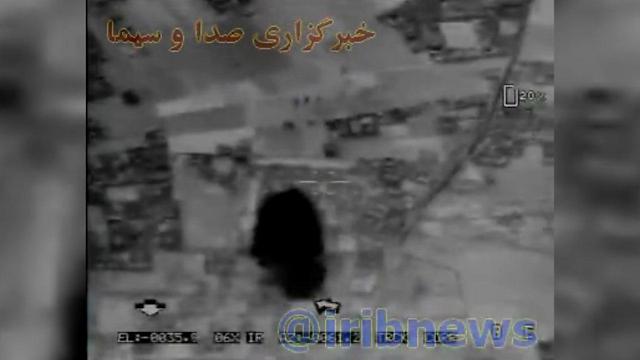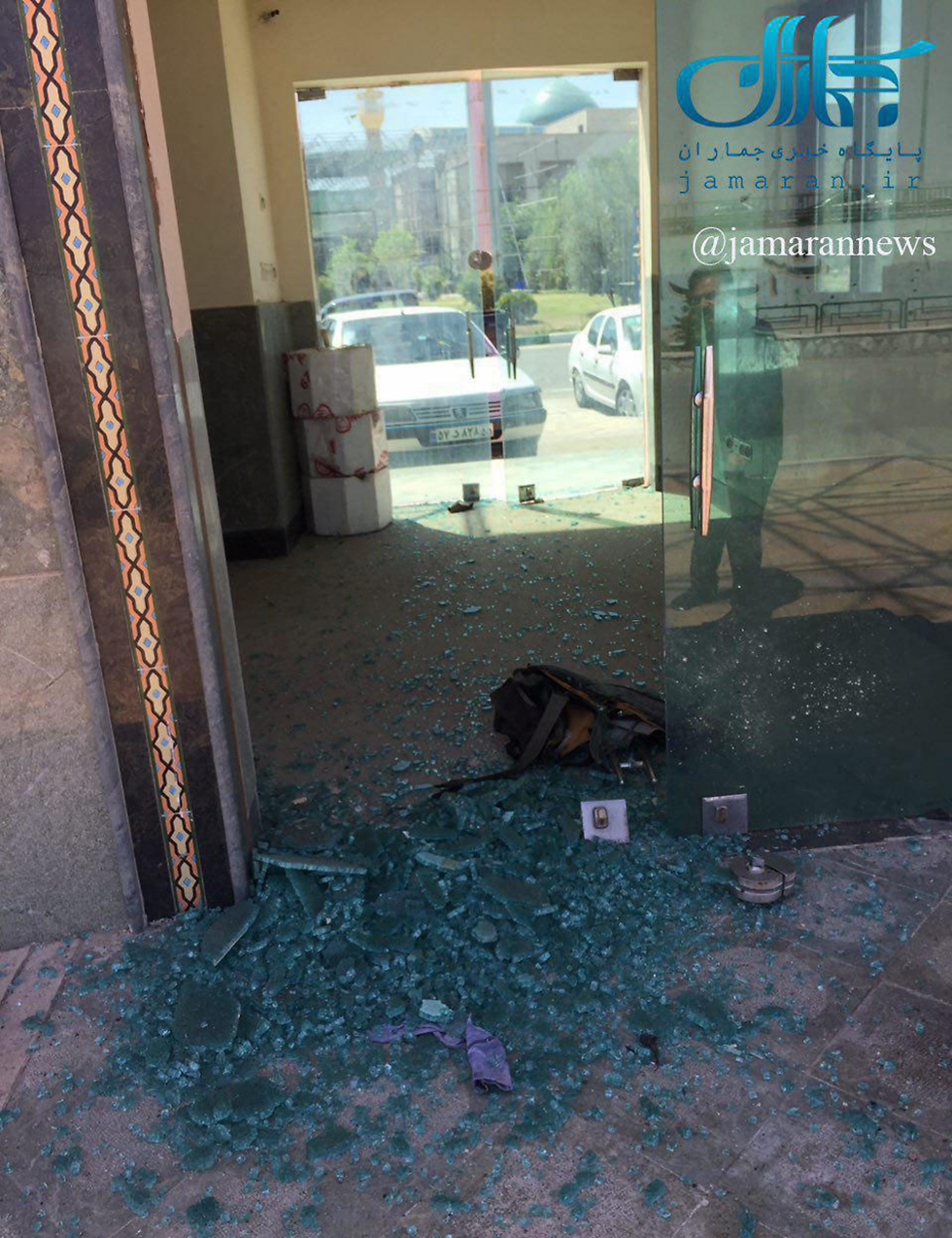
Missile strike on ISIS turning Iran into a world power
Analysis: By firing surface-to-surface missiles with a range of up to 700 kilometers into Syria, Iran is both avenging the terror attacks in Tehran and claiming the status and prestige of a military, regional and maybe even global power. This should set off alarm bells not only in Israel, but also in the Arab Gulf states and in the US.
Iran tried to accomplish several goals with this missile attack. The main goal was to improve the ayatollah regime’s image, after the blow it suffered when ISIS terrorists carried out attacks against Iranian symbols in Tehran, killing 17 Iranian citizens and wounding more than 50.
The Tehran attacks undermined the Iranian citizens’ sense of security and eroded the indestructible image of the ayatollah regime and the Iranian Revolutionary Guard Corps (IRGC). The Iranian response is therefore complex, continuous and is carried out on two main levels.
In one, the regime has been trying to figure out who sent the perpetrators, Sunni Arab Iranian citizens who acted openly on behalf of the Islamic State. The perpetrators were from the Baluchestan province in eastern Iran and from the Ahvaz province in the west. The Revolutionary Guards and other Iranian security organizations raided cities and villages in those provinces and meted out collective punishment, including death, on Iranians of Arab descent who were not necessarily involved in the Tehran attacks.
The second level entailed dealing ISIS itself a blow. The Iranian surface-to-surface missile strike was aimed at killing ISIS fighters in their strongholds and showing them they cannot escape Iran’s long arm. This blow to ISIS facilities in the Syrian cities of Deir ez-Zor and Palmyra helps the Syrian regime and the Russians as well.
Together, they are trying to reconquer Palmyra, Deir ez-Zor and the surrounding areas for the umpteenth time. These two cities and the military facilities around them have changed hands several times, and there is currently a combined Russian-Syrian offensive taking place for the two cities.
In addition, demonstrating the ability to accurately fire missiles with a range of 600 to 700 kilometers is an Iranian show of force, aimed at gaining the prestige and deterrence of a military, regional and maybe even world power. Up until now, the US and Russia have been the only countries to fire accurate missiles at such distances in the Middle East.
The Iranians said they had fired six missiles with a range of up to 700 kilometers, and referred to the strike as “successful” yet “limited.” We have no information yet about whether the missiles Iran used were cruise missiles or ballistic missiles. Ballistic missiles not only have a large warhead with hundreds of kilograms of explosives, but also navigation mechanisms that allow a very accurate hit.
We also don't know the missiles’ level of accuracy. Iran likely fired different types of both cruise missiles and ballistic missiles to use this opportunity to test the accuracy and reliability of its long-range weapons. As long as Iran doesn't know the results of this test, it won’t disclose the type of the missiles it used and whether the hits were accurate and fatal.
All this information should raise a lot of concern and interest in Israel, as anyone who is capable of hitting targets in eastern and northeastern Syria from Kermanshah in western Iran and from Kurdistan in the northwest is capable of using the same missiles to hit the Golan Heights in Israel and perhaps other places as well.
This wasn’t the Iranians’ final word, and they aren’t hiding the fact they have Shahab-3 missiles with a range of up to 1,400 kilometers. There are also missiles with a larger range of 2,000 kilometers and more, but those missiles aren’t accurate.
It’s also a known fact the Iranians have self-made cruise missiles, but before now they've hid their performance. The Iranian missile attack on ISIS targets in eastern Syria is, therefore, an issue which Israel should deal with on the diplomatic level as well, as part of Jerusalem’s battle together with the Trump administration to stop the Iranian missile program.
For the same reason, this strike must also serve as a warning to the Arab states in the Persian Gulf, which are part of the pro-American moderate Sunni camp. These countries’ oil fields and military facilities are located just 400 kilometers away from Iranian territory and are therefore more vulnerable. The US should also be worried, as its airbases, naval bases and command in Qatar and Bahrain are within the Iranian missiles’ range.














